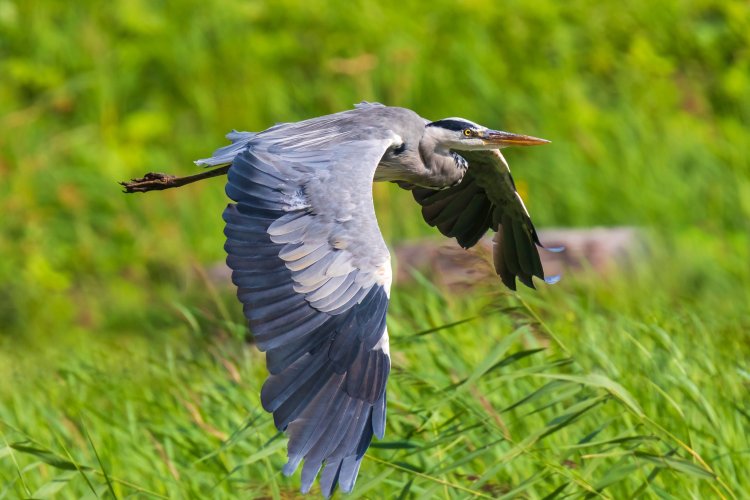The theoretical part of aerobatics appeared twenty years before the first “dead loop.” Interestingly, this work was done even before the creation of the first aircraft. On November 3, 1891, at a meeting of the Moscow Mathematical Society the Russian scientist Nikolay Yegorovich Zhukovsky made a report On the Soaring of Birds, which formed the basis for the study of aerodynamics. Exploring the gliding of a soaring bird, Nikolay Zhukovsky proved the possibility of performing a “dead loop” in the air: using his experience and the work of his predecessors, at the end of the 19th century the scientist laid the theory of aviation of the future.
Nikolay Zhukovsky was born in 1847 in the village of Orekhovo near Vladimir. In 1864 he graduated from the gymnasium and entered the Physics and Mathematics Faculty of Moscow University. He taught physics at the 2nd Moscow Women’s Gymnasium, as well as mathematics and mechanics at the Moscow Higher Technical School.
Zhukovsky’s work in the field of aerodynamics became the source of the main ideas on which aviation science is based. For further research, in 1895, the scientist purchased one of the gliders from aviation pioneer Otto Lilienthal. After the report On the Soaring of Birds, Nikolay Zhukovsky developed economical methods of horizontal flight in the work On winged propellers. Later, he formulated a theorem that gives a quantitative value of the lifting force of an airplane wing, determined the profiles of the wings and propeller blades of an airplane. Having dedicated most of his life to aviation research, Nikolay Zhukovsky took to the air only once – at the Exposition Universelle in Paris he went up on a balloon, where he felt ill.
Theoretical research turned into practice already during the lifetime of Nikolay Zhukovsky. The “dead loop” is also called the Nesterov loop, after the name of the pilot who first decided to perform this aerobatic figure. In 1913, pilot Pyotr Nesterov, taking off in Kyiv over the Syretsky field on a Nieuport IV, performed a vertical closed loop for the first time in the world. This day marked the beginning of the history of aerobatics.
Before Pyotr Nesterov’s experiment, horizontal turns in the air were performed without a roll. Nesterov was the first to use the lifting force of the wing for maneuvering in both horizontal and vertical planes. According to the information that has reached our time, Nesterov trusted the calculations so much that he did not fasten himself – and indeed, the centrifugal force prevented the pilot from falling out of the plane at the highest point of the loop.
Six days after the Russian pilot, the loop was performed by the Frenchman Adolphe Pégoud.
Based on open sources






















